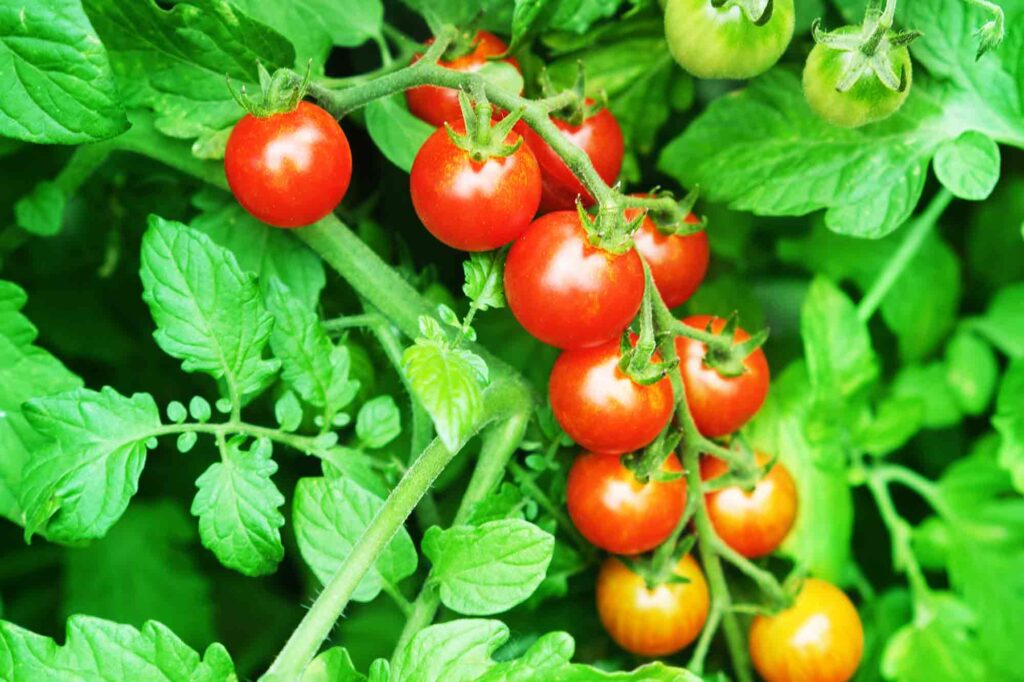From Tomato Seedling to Harvest: Essential Tips for a Bountiful Crop
As spring turns to summer and you plant your tomato seedlings or sow seeds, the journey of growing tomatoes is just beginning. The process involves careful nurturing, frequent monitoring, and a bit of luck with the weather.
Even when the conditions seem ideal, achieving a successful harvest isn’t guaranteed. Tomatoes need attentive care, regular nutrient supply, and optimal growing conditions. Here’s a guide to help you cultivate a robust tomato crop from start to finish.
Just like this, From Tomato Seedling to Harvest.
Starting with the Right Soil
For tomatoes to flourish, they need soil with a slightly acidic pH. If your soil isn’t naturally acidic, a modest amount of coffee grounds can help, but avoid overuse. Nutrient levels are also vital. When planting in fresh soil, initial nutrient needs are typically met, but after about a month, it’s beneficial to add more nutrients.
Commercial fertilizers can be mixed with watering, or you can use homemade alternatives like crushed eggshells. Sprinkle this around your plants every couple of weeks to ensure they receive the essential nutrients for a rich harvest.
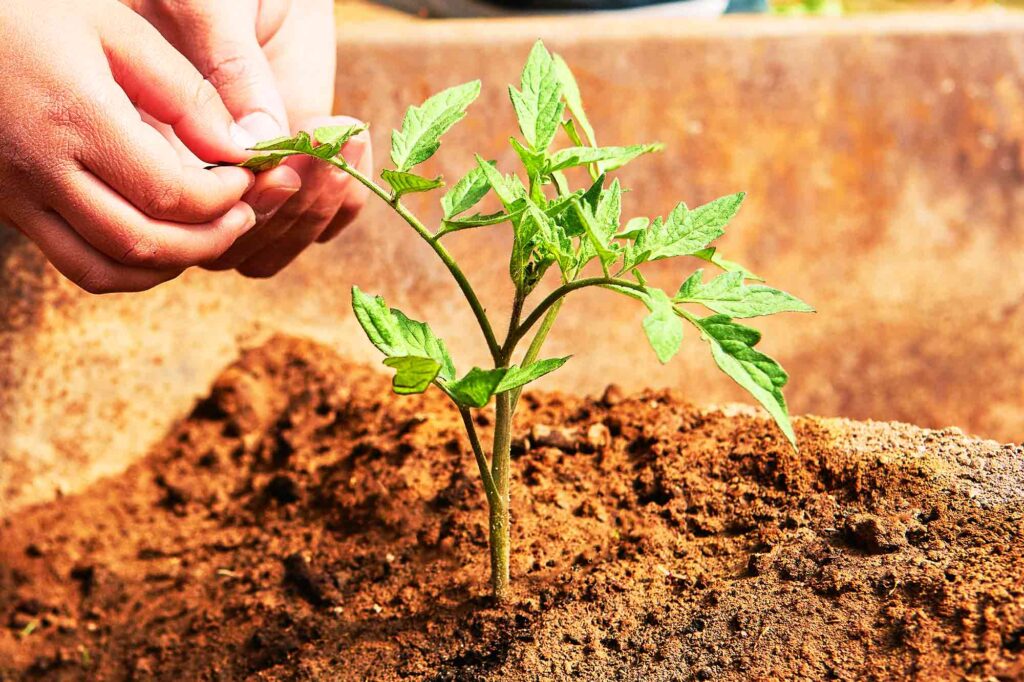
Ensuring Adequate Water and Sunshine
Tomatoes require a lot of water, as their juicy flesh is mostly made up of it. It's important to water them thoroughly but avoid over-watering during rainy periods. In dry weather, water the plants every two days or even daily if the soil dries out quickly.
The best times to water are early morning or late evening to prevent sunburn on the leaves. Tomatoes also need 5-8 hours of direct sunlight daily. Position your plants to maximize exposure to light to ensure robust growth and fruit development.
Pruning and Staking
Pruning, or "pinching," involves removing the side shoots that emerge from the leaf axils, the spaces where leaves join the stem. There are two main approaches: traditional pruning removes these side shoots, while a modern technique involves cutting back the branch from which they grow.
Pruning directs the plant's energy towards producing fruit rather than excessive foliage. Try both methods and observe which one yields better results for your tomatoes.
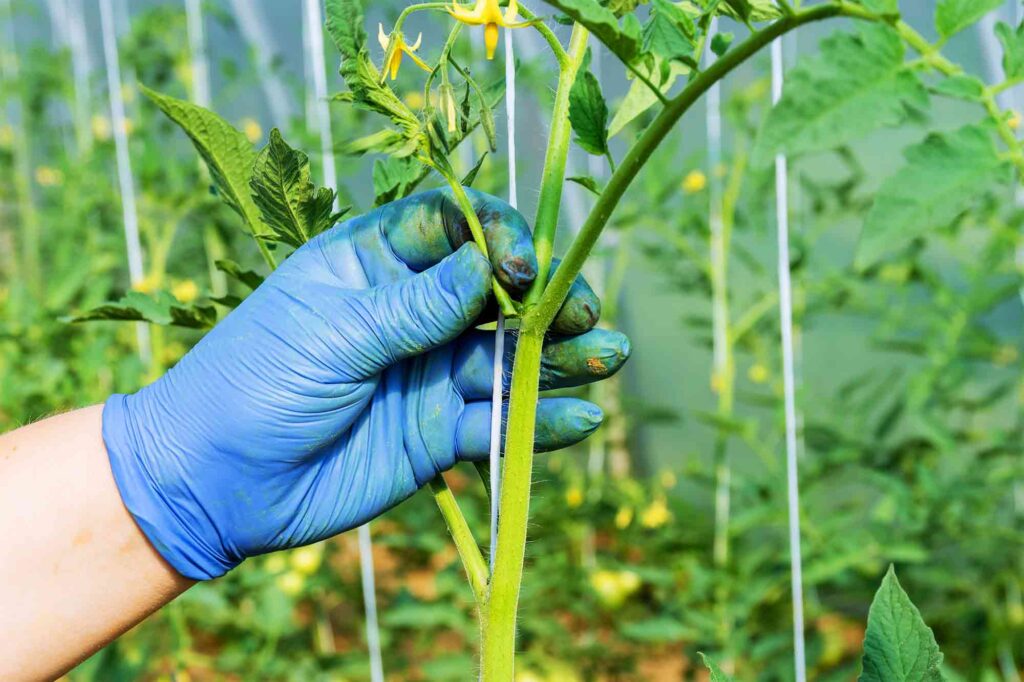
Thinning for Better Yield
Thinning your tomato plants can enhance fruit production. Start by removing lower leaves and small branches close to the soil. This helps prevent pests and diseases and minimizes the risk of fungal infections.
Ensure no leaves touch the ground, and consider removing the lower 1-2 branches of mature plants as they are not beneficial. Additionally, thinning out about one-third of the leafy stems helps the plant focus on fruit growth and prevents shading of neighboring plants.
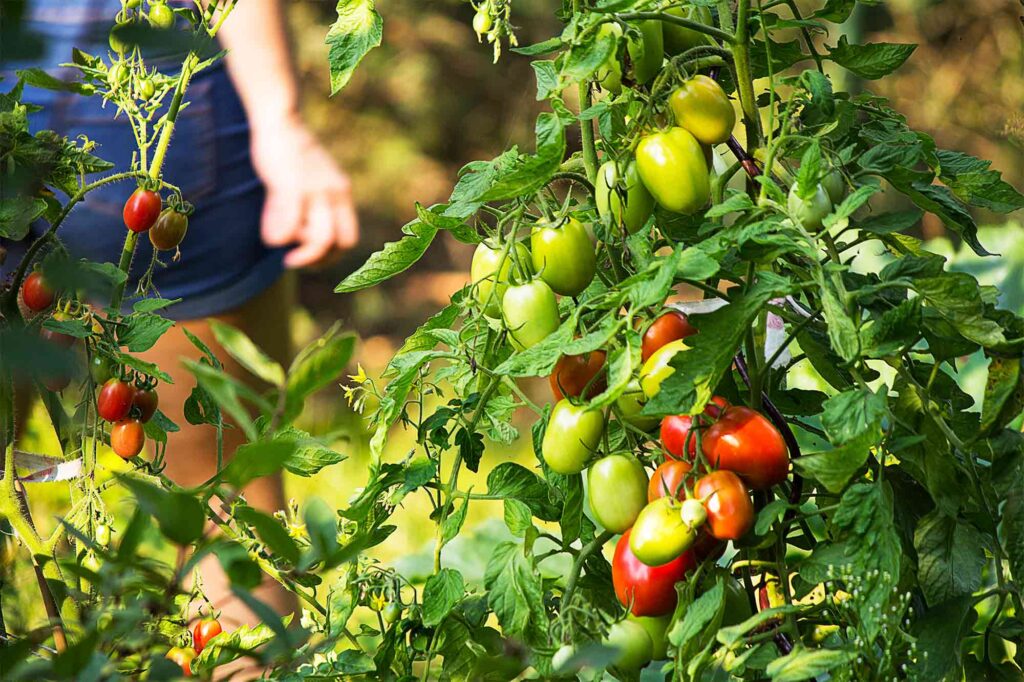
Addressing Diseases and Pests
Despite the best care, tomatoes can still face threats from diseases and pests, especially during extended wet periods. Regularly inspect your plants for any signs of trouble and act swiftly if problems arise.
While there are effective home remedies for many issues, severe cases may require advice from a local garden center.
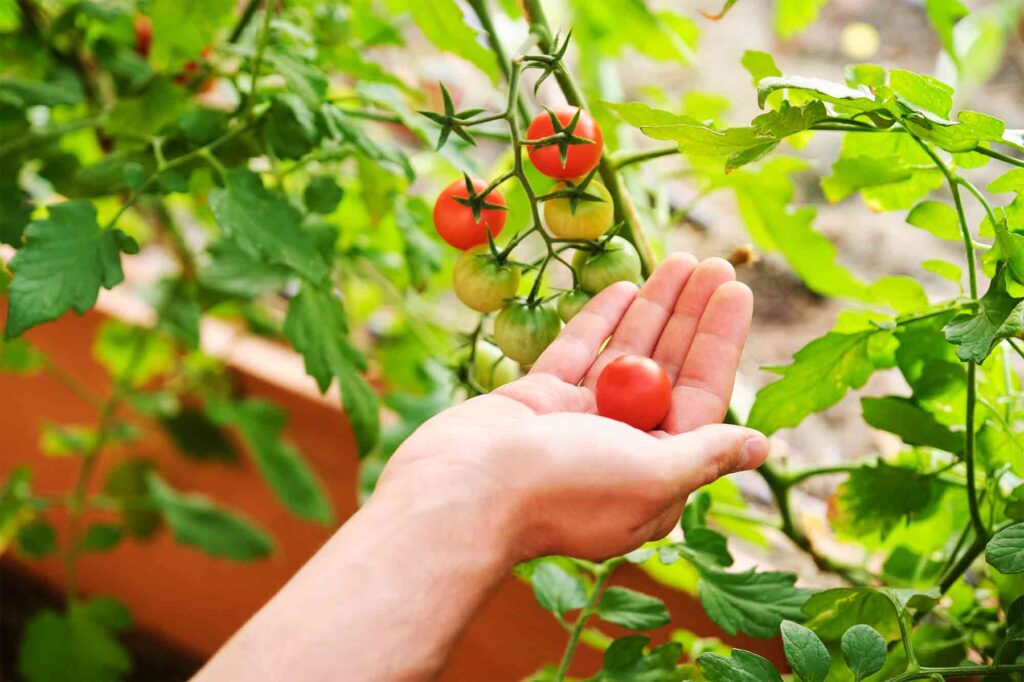
By following these guidelines, you’ll be well on your way to enjoying a bountiful tomato harvest throughout the summer and into the fall!

